A recent National Association of Home Builders (NAHB) survey revealed that a majority of prospective homebuyers rate energy-efficient features, such as above-code insulation and ENERGY STAR-compliant appliances and building products (including windows, doors, and HVAC systems), as essential or desirable. While the consumer desire for energy-efficient features isn’t new, it has only grown in importance in recent years.










